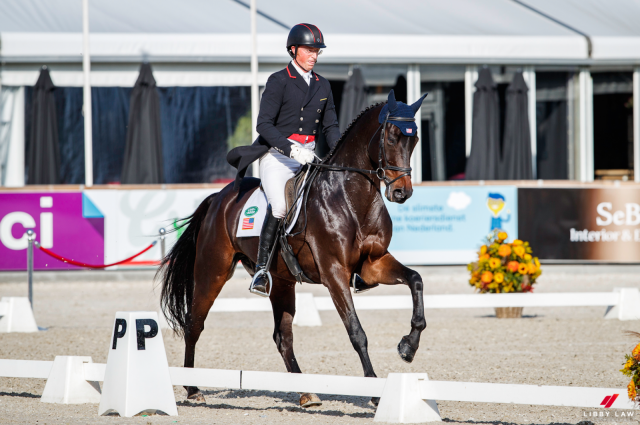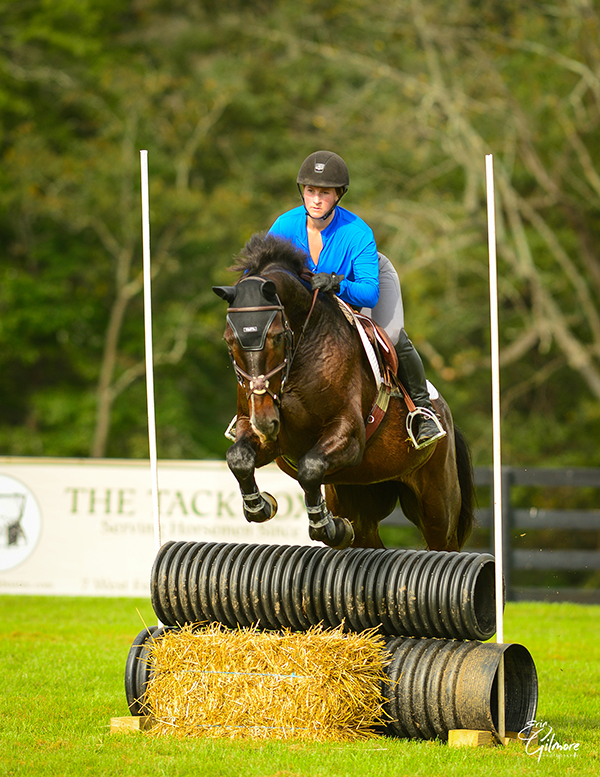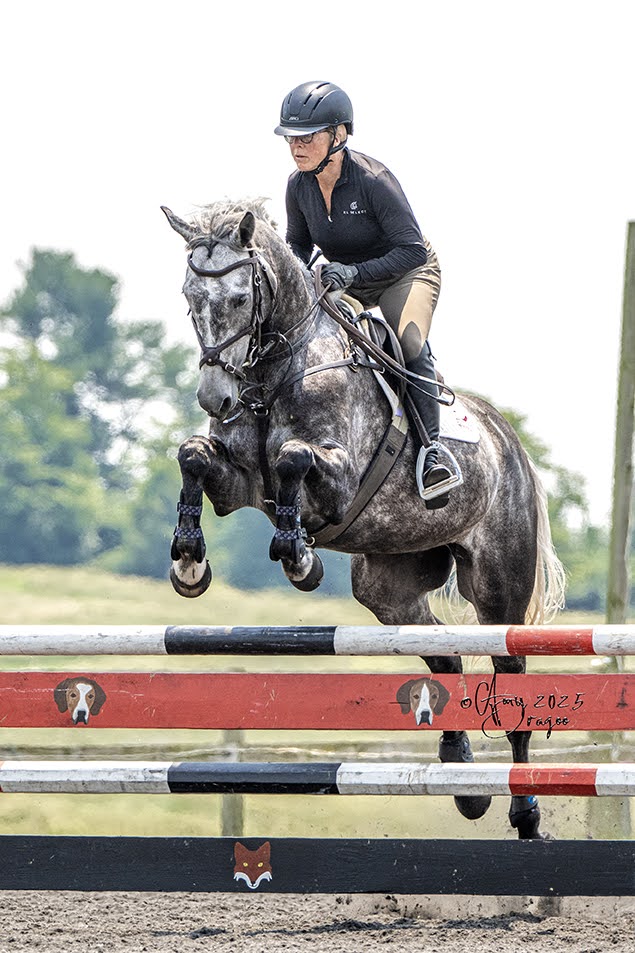
The equestrian community exemplified. Photo by Leslie Wylie.
One of the best things about working in the horse industry is the people in it. Okay, okay, hear me out here — I know we’re all absolutely bonkers, and we drive one another mad, and we all need an astonishing amount of gin to tolerate each other sometimes, but we’re all here for the same reason. We just, well, bloody love ponies. And that deep-seated love is the driving force behind the life choices that see us all merrily spending our time in the freezing cold, the pouring rain, and the odd relentless heatwave, all because our charges need us.
When it comes to those who have chosen a career in the equestrian industry, or some derivative of it, I always find it fascinating to learn why they chose the route they did, and the path they took to get there. For example, I met someone the other day whose eleven-year-old sister has decided that she wants to go into equine dentistry when she grows up. Unbelievably specific, not at all glamorous, but so necessary — I definitely was not a similarly sensible eleven-year-old. Either way, I love talking to grooms, riders, massage therapists, photographers, whatever equally, because the driving force is always the same.
My best friend, Freya, is a brilliant example of a seriously left-field show of passion, and it all started in a delightfully normal way — after university, where we met, she sacked off her plans to become a French teacher and moved in with me, spending a year indulging her lifelong love for horses by working on a couple of seriously busy producing and hunting yards. But she wasn’t sure that being a career groom was the right path for her, and so she took herself off (to a sailboat in Greece, natch) to figure out what, exactly, the right path was.
When she figured it out, she surprised everyone around her — she was going to become a zookeeper. Anyway, to cut a long and marvellous story short, she made it happen for herself, despite a wildly unsuitable degree and no previous experience wrestling lions, or whatever zookeepers do. She took everything she’d learned throughout her horsey life and transferred it over to exotic hoof stock, and now, she’s an absolutely brilliant and astute keeper of rhinos, giraffes, various exciting deer species with increasingly hilarious and spindly legs, and much more.

Pictured: the best ears we’ve ever seen. Photo by Freya Bellew.
What has this got to do with anything? Well, today, folks, you get a brief but brilliant Friday video, courtesy of Zookeeper Freya’s exceptional career choices. Say a big hello to the as-yet-unnamed brand new Grevy’s zebra foal born last night at Marwell Zoo — suggestions for names are welcomed and will be passed along, so get commenting!
UK Weekend Preview:
- Oasby (2): [Website] [Ride Times] [Live Scores]
- Broadway (2): [Ride Times]
- Bovington (2): [Ride Times] [Live Scores]
Friday Video: A Horse of a Different Colour
Welcome to Hampshire’s Marwell Zoo, where keepers were greeted this morning by something better than a cup of coffee in the mess room – instead, they met the long-awaited foal of Grevy’s zebra Imogen for the first time.

A matchy-matchy aficionado’s dream. Photo by Freya Bellew.
Okay, so it may never event (though we’d love to see a stripey take on Badminton’s BE90 Championship), but lil’ knock-knees here is all you need to see you into a very merry weekend. Even better, its birth is the latest in a series of coups for Marwell’s team, who work tirelessly on the conservation of the endangered Grevy’s zebra in northern Kenya, and who manage the European studbook for this fascinating species, too. You can follow their work — and all their updates on this gorgeous bubba — on their Facebook page.





























































